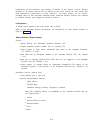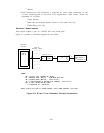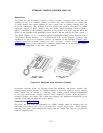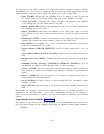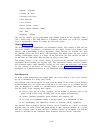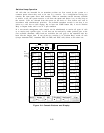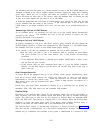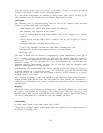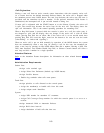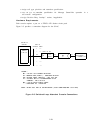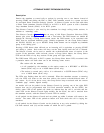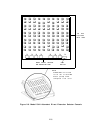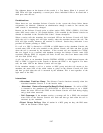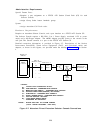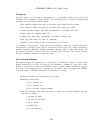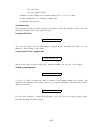Call Originations
Placing a new call from an active console causes interactions with the currently active call.
At a console that has the default Automatic Release feature, the active call is dropped when
the attendant presses anew LOOP button. The new loop becomes the active one; dial tone is
provided, and the attendant can dial a number. If the optional Automatic Hold feature is
administered, the interrupted call is put on hold instead of being lost.
If anew call is originated with the START button or at the Selector Console, the active call
is split. The current loop becomes the active loop for the new call. The display shows the
split call information. This is the normal operating procedure for extending calls.
When a Rep Dial button is pressed while the console is active on a call, the active party is
not dropped or split, and the display does not change. If the active call is with an inside
station, pressing Rep Dial has no effect. But if the active call is on an outside trunk, then
pressing Rep Dial will cause the digits stored on the button to be sent out over the trunk
(“thru-dialing” or “end-to-end signaling”).
When an active call is put on hold manually by operation of the HOLD button, the system
does not automatically select a new loop for placing a call. In this case, the attendant can
select a new loop by pressing an idle LOOP button, then dial a number. Pressing a DSS, Flex
DSS, Auto Intercom, Last Number Dialed, Rep Dial, or Selector Console button will select a
new loop and dial a number in a single operation.
Attendant Features
Refer to the Attendant Feature descriptions for information on other related features (Table
2-E).
Administration Requirements
Station Port:
● Assign voice terminal type.
●
Assign Prime Line Preference (default: top LOOP button).
● Assign flexible buttons.
● Enable ring reminder when calls enter queue.
Trunk Port:
● Assign priorities to calls directed to the console queue.
●
Assign the attendant(s) to handle calls from this trunk.
● Assign unique trunk identifiers.
System:
● Assign DID number for attendant “0” treatment.
● Assign Call Coverage Group number for which the console queue is to serve as a
receiver.
● Assign Automatic Hold or Automatic Release.
● Assign Hold timer interval.
2-23
●
Assign destination of held calls that time out.



